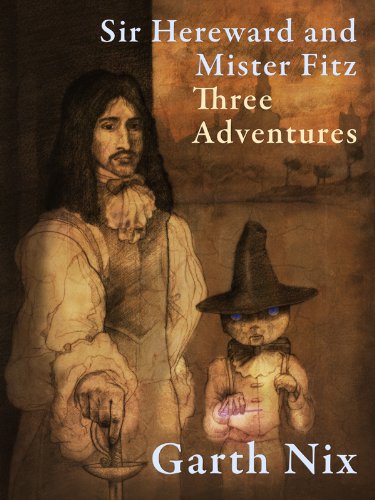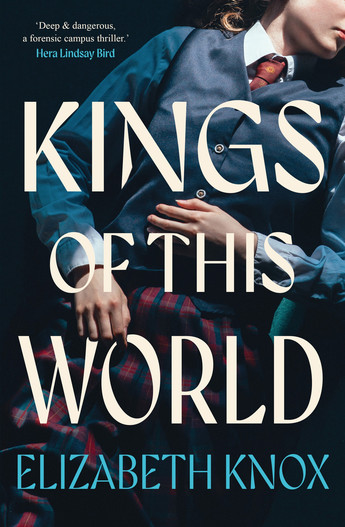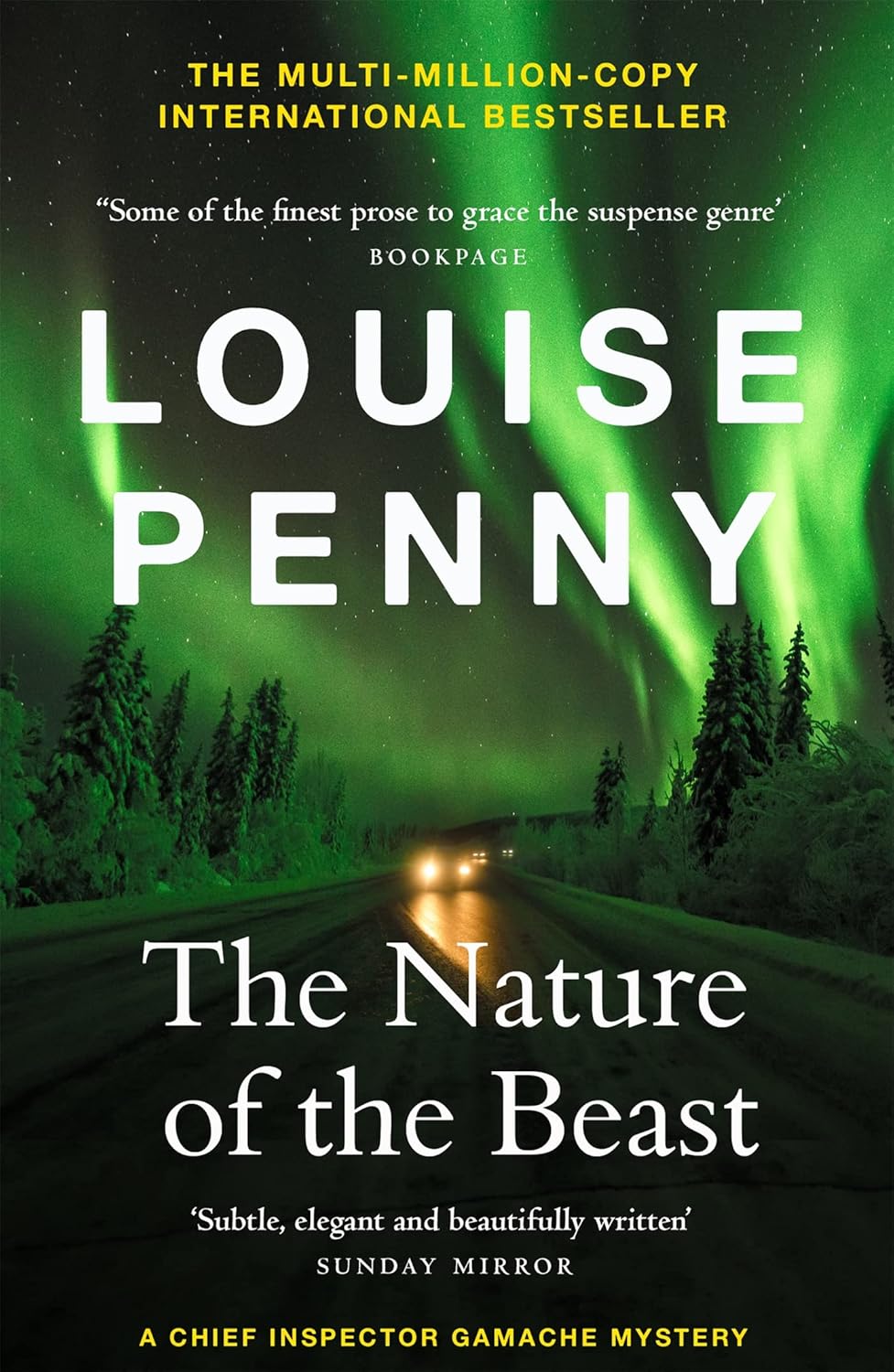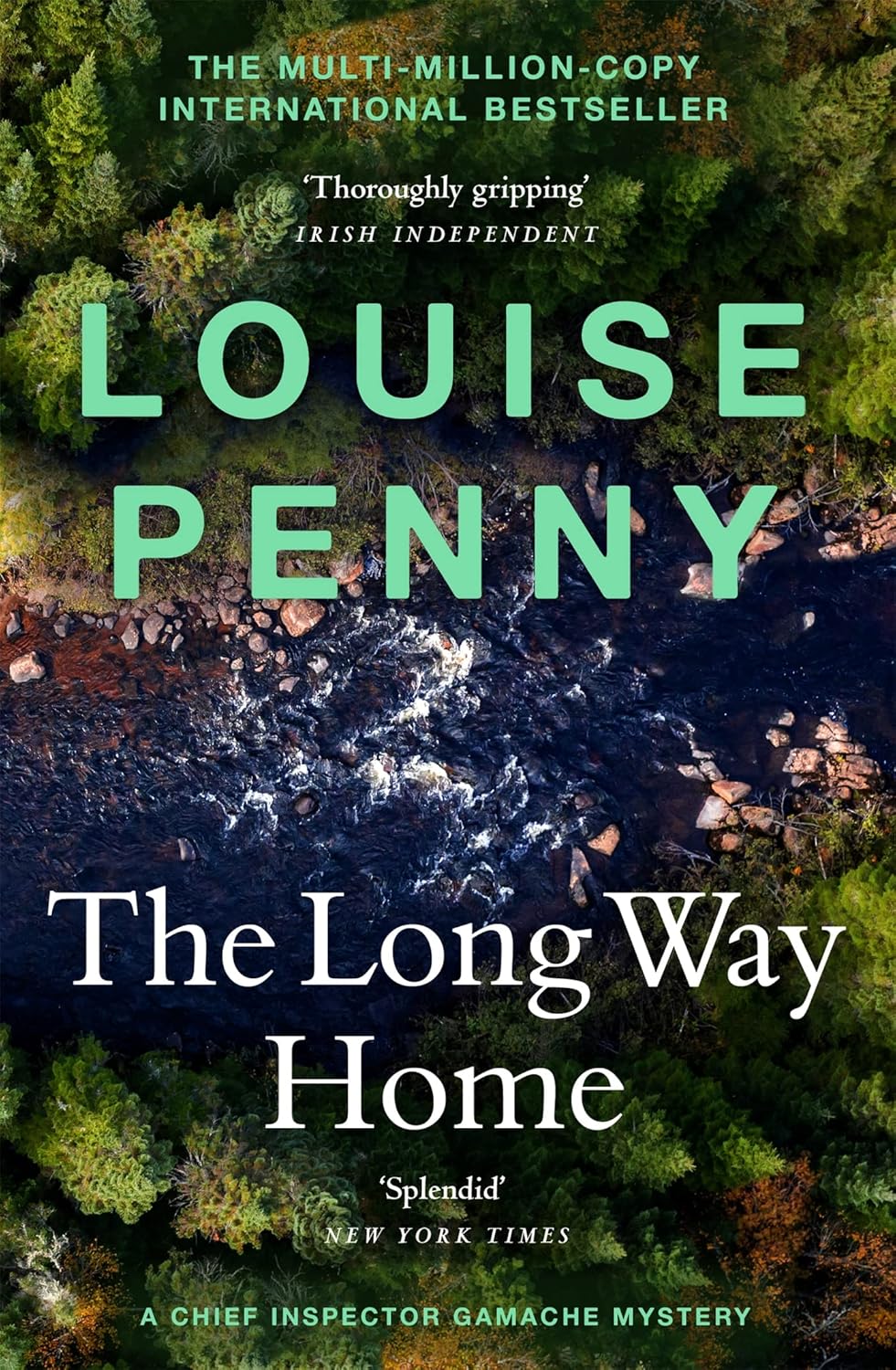It is an inspiring epic of human inventiveness. It is a cautionary tale of mass delusion. It is a drama of battling egos. Ultimately, though, it is a love story, an account of when we, the people of Earth, fell hard for another planet and projected our fantasies, desires and ambitions onto an alien world. [Introduction]
This is an account of Percival Lowell's obsession with the planet Mars, and its profound consequences for the human race. Following the observations of Schiaparelli -- who described a network of long straight lines on the planet, 'canali' (channels, but mistranslated as 'canals') -- Lowell, a wealthy businessman, published a number of books about his observations and his interpretation of them. He also founded the Lowell Observatory, and inspired a generation of scientists and science fiction authors.
The first part of the book, 'Century's End - 1876-1900', recounts Lowell's early life, and the context in which his astronomical work was received: his first books were published in the 1890s, in a period where science and technology were celebrated. Several reputable figures had asserted that life was not only possible but probable on other planets, and there was much discussion -- in parallel with the fashion for spiritualism -- about how to communicate with the inhabitants of our nearest neighbour. Nikola Tesla was convinced that his work in 'wireless telegraphy' (radio) would enable him to signal Mars.
In the second section, 'A New Civilization - 1901-1907', the sense of the limitless possibilities of the new century is strong. Mars became fashionable: everything from stage plays to dance tunes, advertising, and a plethora of stories in the popular press. (Meanwhile in London, Edward Maunder, an assistant at the Royal Observatory, conducted a study at the Royal Hospital School in Greenwich, showing that schoolboys perceived straight lines on images of Mars if seated at a certain distance from the pictures. Closer, and they could distinguish the lines and curves that made up those 'straight lines': further away and it was all a blur.)
The third section, 'The Earthlings Respond - 1908-1916', describes the waning of popular enthusiasm for Lowell's ideas -- although he continued his lecture tours until his death in 1916, maintaining that "the difficulty in establishing the fact that Mars is inhabited lies not in the lack of intelligence on Mars, but rather the lack of it here." What he lacked in scientific rigour, he made up for in sheer stubborn belief.
Baron's epilogue, 'Children of Mars', celebrates Lowell's legacy. He suggests that the reason the American public were so ready to believe that Orson Welles' radio production of The War of the Worlds was real news was that many could remember all the newspaper reports about life on Mars. And, more importantly, 'intelligent eyes really had been watching human affairs keenly and closely': not aliens but children* who grew up hearing stories and theories about other worlds. A young man in Luxembourg was enthralled by Lowell's Mars: his name was Hugo Gernsback, and he is regarded as a key figure in the rise of science fiction as a genre. H P Lovecraft attended one of Lowell's lectures aged 16; H G Wells met Lowell and discussed Mars with him (this fact established by Baron's own research); and Edgar Rice Burroughs' Mars featured canals, deserts and dry lakes, just as Lowell had suggested. Burroughs' Barsoom, in turn, inspired another generation of writers and scientists, including Carl Sagan, Ray Bradbury and Arthur C Clarke.
This was a great read, full of fascinating detail and copious illustrations. Baron's authorial voice is unobtrusive: his accounts of his research expeditions are interesting but very much secondary to the main narrative. There's a good bibliography and extensive references. And I did like his conclusion:
... I thought I had set out to tell a tale of human folly, about how easy it is to deceive ourselves into believing things simply because we wish them to be true... I discovered another, perhaps more powerful takeaway: Human imagination is a force so potent that it can change what is true. Thanks to Lowell's Martian fantasies that helped inspire the early space age, visiting the Red Planet has become a potentially realisable goal for today's children. [loc. 3031]
Thanks to the publisher and Netgalley for the advance review copy, in exchange for this full honest review. UK Publication Date is 26 AUG 2025.
* same thing?



































